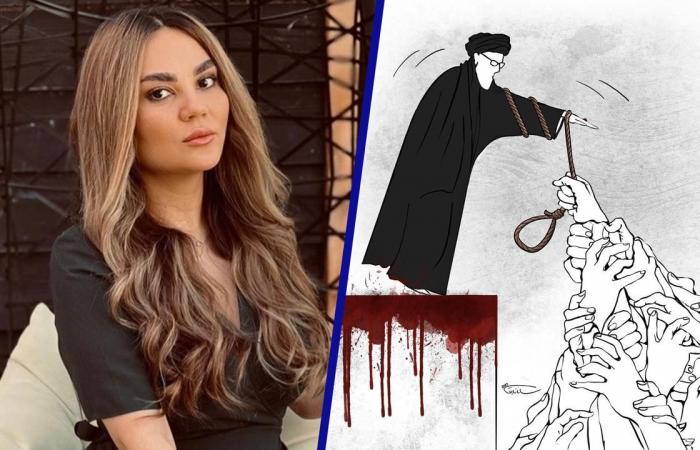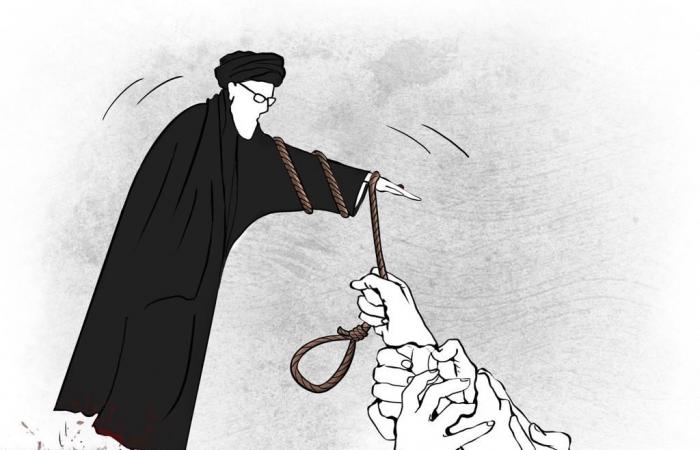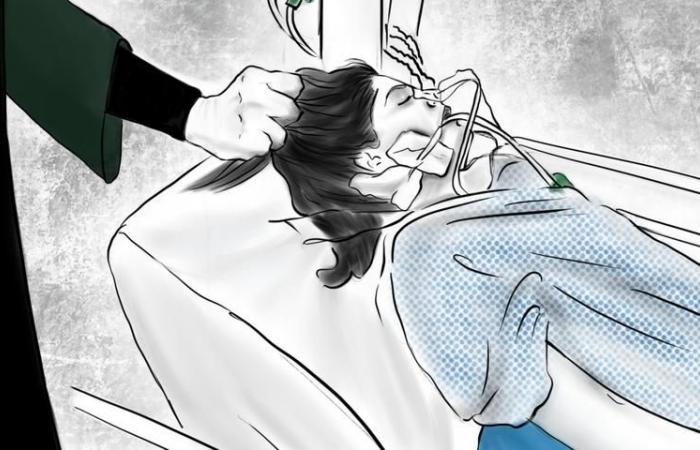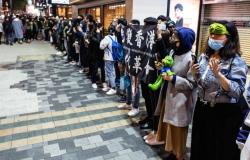06 jan 2023 om 04:57
The Iranian cartoonist Sanaz Bagheri (35), who lives in the Netherlands, recently participated in a cartoon competition Charlie Hebdo. Her cartoon of Grand Ayatollah Ali Khamenei was published by the French satirical weekly, along with other cartoons about the protests in Iran. The Iranian government responded with fierce criticism of France. Bagheri has been living in the Netherlands for four years. NU.nl spoke to her about her work and the protests in Iran.
How did you start your work as a cartoonist?
“Four years ago, my husband and I fled Iran. We applied for asylum in the Netherlands, and now we live in Amstelveen. I taught myself to draw cartoons, but it was only in the Netherlands that I started working as a cartoonist. I wanted art to criticize the Islamic Republic of Iran because people cannot live there in freedom.”
“Freedom of expression does not exist in Iran, and women in particular are oppressed. They must wear the headscarf according to Islamic law that applies there, even if they are not Muslim. They also cannot, for example, go to work without the consent of their husband or guardian.”
“So many more women’s rights are being violated in Iran. That’s why I think it’s important to continue to work for human rights, and especially to support the women there. After the death of Mahsa Amini, who was killed by the religious police last year because she would not have worn her hijab properly, there has been more international attention and support for women in Iran. We must continue to do so.”
What do you mean by the spot prgraft you to Charlie Hebdo sent?
“He symbolizes what is going on in Iran right now. Khamenei tries to stay in power by frightening people, killing demonstrators and depriving the population of their freedom. But in the end he will not succeed. He will be through his drown yourself in a sea of blood.”
“The people are not afraid and they will continue to fight for their rights, just like me. I try to make that clear with another cartoon, which shows a statue of the religious leader with a noose wrapped around his arms standing on a bloodied precipice and being pulled down by a sea of hands. Those hands represent the people who are now fighting for their lives, and for a dignified existence in Iran.”
And why did you decide to send it to the French weekly?
“I decided to send the first cartoon to Charlie Hebdo because the satirical weekly is known for its controversial cartoons. With that, I knew that my work would reach a large audience when it was published, and it has now. But I didn’t expect them to select my cartoon. That was a big surprise. I’m very happy with it.”
What do you think of the other cartoons published by the French weekly? For example, there were also a number of drawings with sexually explicit scenes that are very offensive to some.
“In general, I don’t agree with the sexually explicit cartoons. Some of them are also quite offensive towards women, and I don’t support that. I think there are better ways to get the message across against oppression. But by also to publish these cartoons Charlie Hebdo attention to the matter. And the newspaper is known for its controversial cartoons, so in that sense it has achieved something.”
Now the Iranian government has criticized the cartoons. The Iranian foreign minister even said that this would not be without consequences. How do you view that?
“The fact that the Iranian government has reacted strongly to this just shows how important it is to publish these cartoons. Charlie Hebdo focuses on the dictatorship in Iran. They want to show that they stand with the Iranian people and support the demonstrations.”
“The Iranian government is afraid of more protests, including from the international community. That’s why they react this way. They oppress people in Iran, don’t allow them to express their opinion and think they can do the same to people in other countries. But they cannot. The religious regime has no right to impose restrictions on other countries in the way opinions are expressed.”
And does it prevent you from continuing to do your job?
“No. I am not afraid and feel safe here. For as long as I can remember I have fought for human rights and against oppression in Iran. My art is based on the truth, and I should not be afraid of that.”
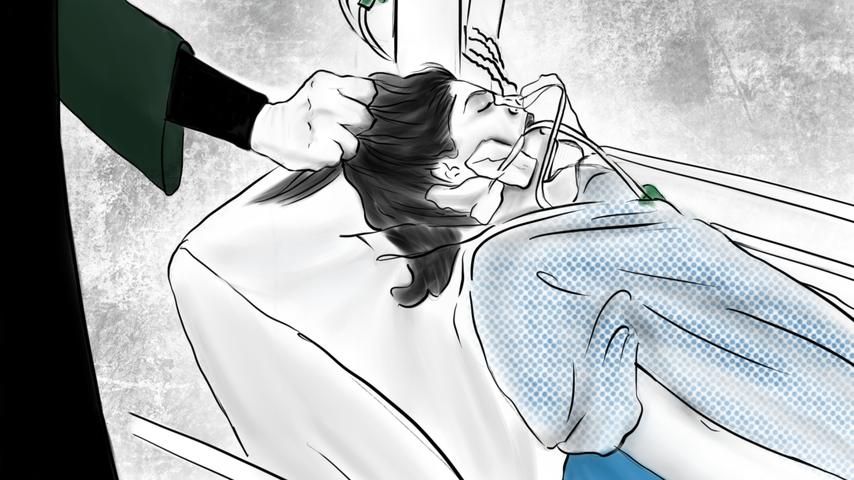
Do you think that enough is being done from other countries to raise awareness about what is going on in Iran?
“I do see that there is a lot of writing about Iran in the Dutch media. But I think we can always do more to create awareness.”
“Countries in the west can also do more to assist the Iranians in their struggle. They could hold Iranian ambassadors to account for the atrocities the regime is carrying out. In addition, people like you and me can write a letter to their governments to have Iranian embassies in to close other countries. This will put more pressure on the regime in Iran.”
“Furthermore, I think it is important to let Iranian demonstrators, activists and organizations speak. They can tell you about what is really going on there. For example, there are also enough Iranian Muslims who fight against the Iranian government, and you would Most Iranians have no problem with Islam and Muslims, so what is happening in Iran should not be seen as a fight against Islam.”
-
05 jan 2023 om 07:26
Iran waarschuwt Frankrijk vanwege ‘beledigende’ spotprenten over religieus leider

-
28 dec 2022 om 07:43
Nog zeker honderd Iraniërs riskeren de doodstraf wegens protesten
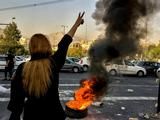
Tags: Iranian cartoonist Amstelveen Charlie Hebdo afraid Media Culture
-
